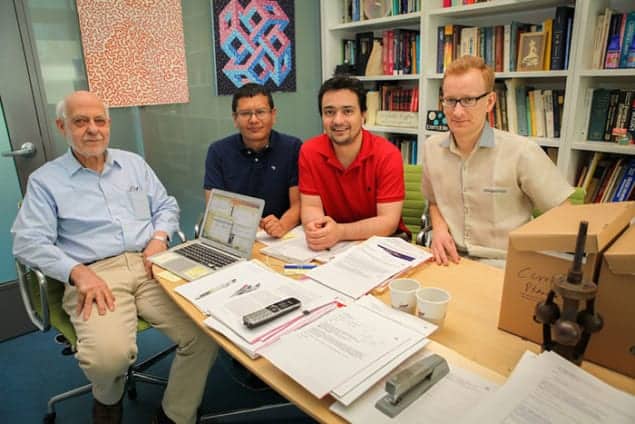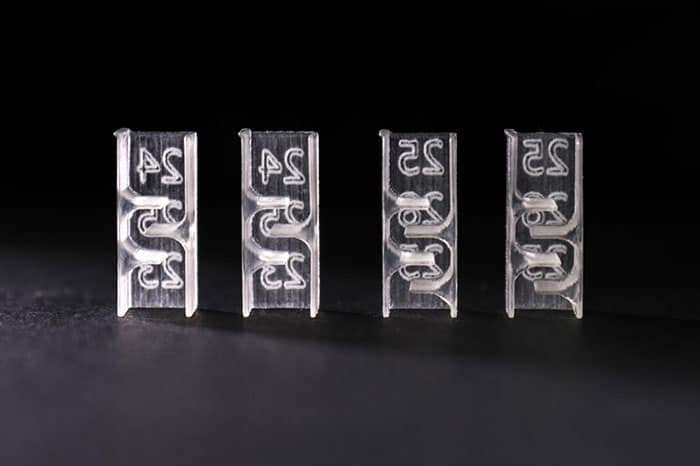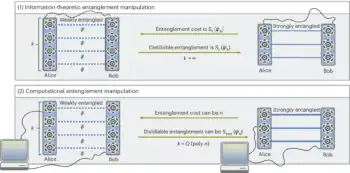Flash Physics is our daily pick of the latest need-to-know developments from the global physics community selected by Physics World‘s team of editors and reporters

How atoms can impersonate each other
An atom could be made to emit an optical signal that is usually associated with another type of atom, according to calculations done by Andre Campos, Denys Bondar, Herschel Rabitz and Renan Cabrera at Princeton University in the US. When an atom is illuminated with light it can absorb energy and give off light at a set of frequencies distinct to that type of atom – which forms the basis of optical spectroscopy. However, if the atom is illuminated by an intense and complex optical signal it should be possible – in principle – to control the quantum states of the atom and cause the emission of light at frequencies not normally seen from that atom. Unlike conventional spectroscopy, a measurement of such a spectrum would not reveal the type of the atom – unless the experimenter knew the precise nature of the complex optical signal. Previous attempts to calculate the exact nature of such an optical signal has proven very difficult. But now, the team has come up with a successful scheme that involves both bound and ionized quantum states of an atom. Writing in Physical Review Letters, the team points out that some of the experimental techniques needed to carry out its scheme have already been demonstrated in the lab.
Five-loop QCD calculated at long last
A quantum chromodynamics (QCD) calculation involving five loops has been made for the first time by physicists in Russia and Germany. QCD describes the strong nuclear force between the quarks that make up protons, neutrons and other heavy particles. It is notoriously difficult to calculate the properties of systems governed by QCD because of the enormous strength of the strong nuclear force and the fact that calculations must consider large numbers of virtual quark–antiquark pairs that pop into and out of existence. As a result, physicists have struggled to calculate the properties of even simple objects such as the proton. Since the early 1970s, physicists have shown that QCD calculations can be made as a series of corrections to a leading-order calculation. These corrections are called loops, and physicists had been able to calculate one-, two-, three- and four-loop corrections. However, progress had been stuck at four loops since 1997. Now, Pavel Baikov at the Skobeltsyn Institute of Nuclear Physics in Moscow and Konstantin Chetyrkin and Johann Kühn of the Karlesruhe Institute of Technology have extended calculations to five loops. Writing in Physical Review Letters, the trio use five loops to calculate several properties of the Higgs boson.
Metamaterial bricks shape sound

A new “supermaterial” has been made that can bend and shape sound waves using specially designed bricks. Scientists at the University of Sussex and the University of Bristol in the UK have developed an acoustic device that can transform incoming sound waves into any required sound field. Sound manipulation is useful for many applications including ultrasound imaging, loudspeaker design and acoustic levitation. Current approaches use fixed lenses and expensive phased arrays. In contrast, this latest device comprises small, 3D-printed metamaterial bricks. These slow down incoming sound by directing it through meandering channels. The tailored geometries of the channels delay the wave phase to create the desired sound field. Gianluca Memoli from the Sussex team describes the device as a “do-it-yourself acoustics kit”, as the bricks are easily made and can be arranged in arrays specific to the application requirements. The new material could be used on a large scale to direct and focus sound to form an audio hotspot. It could also be suitable for small-scale applications such as focusing high-intensity ultrasound waves to destroy tumours within the body. The material is presented in Nature Communications.
- You can find all our daily Flash Physics posts in the website’s news section, as well as on Twitter and Facebook using #FlashPhysics. Tune in to physicsworld.com later today to read today’s extensive news story on a new graphene-like material.



